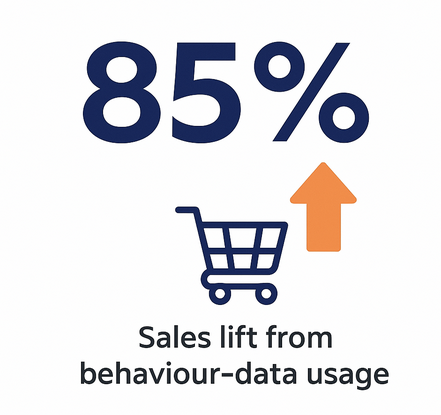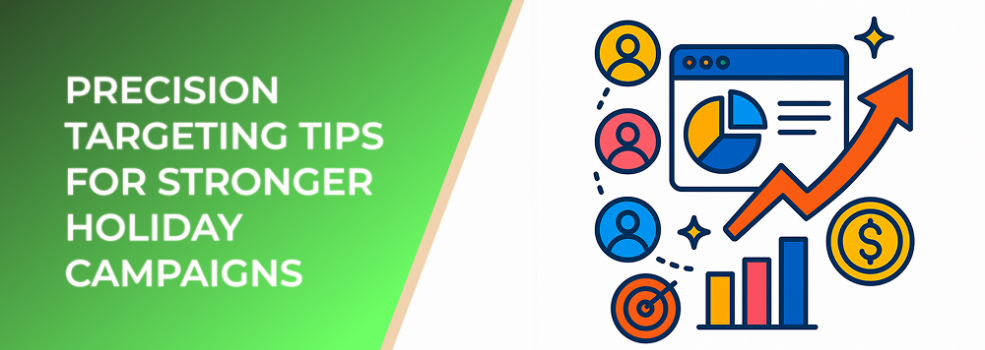Behavioral segmentation allows marketers to group audiences based on how they interact with products, content, and offers. Instead of guessing what might interest a user, this method relies on real-world actions that indicate purchase intent, engagement level, or loyalty. When done correctly, it leads to higher conversion rates, better personalization, and more efficient ad spending.
Why Behavioral Segmentation Matters
Traditional demographic or interest-based targeting often creates broad groups that behave very differently in real buying situations. Behavioral segmentation solves this by focusing on observable patterns.
Recent studies show:
-
Users who engage with a brand at least three times before an offer convert up to 70 percent more often.
-
Around 80 percent of shoppers say they are more likely to buy from brands that tailor experiences based on their behaviors.
By focusing on actions such as page visits, engagement frequency, or cart activity, marketers can push more relevant messages to warm segments and improve ROI.
Key Behavioral Segments to Focus On

Behaviour-based segments convert up to three times more often than non-segmented audiences
1. High-Intent Website Visitors
These users view pricing pages, visit multiple product pages, or spend significant time on site.
They often convert at 2–3 times the rate of cold audiences.
2. Cart Abandoners
About 70 percent of online carts are abandoned, yet this group is among the most profitable to retarget. They have shown intent and only need reassurance or a better reminder to complete the purchase.
3. Engaged Content Consumers
Users who repeatedly engage with videos, posts, or articles often have higher trust and familiarity. They tend to convert 40–50 percent better than one-time viewers.
4. Repeat Buyers or Loyal Customers
Returning customers generate up to 65 percent of a company’s revenue. They respond strongly to tailored offers like exclusive discounts or early access campaigns.
How to Apply Behavioral Segmentation for Higher Conversions
Create Funnels for Each Behavior Type
Separate ad paths for high-intent users, cart abandoners, and regular visitors. Each group should see messaging that corresponds to its stage in the journey.
Deliver Personalized Offers
Behavior-based offers tend to outperform generic ones by as much as 300 percent. Tailor discounts, product bundles, or limited-time promotions based on prior actions.
Use Frequency and Recency Signals
A user who visited the site yesterday is more valuable than one who visited a month ago. Prioritize segments based on how recently the behavior occurred.
Build Lookalikes from High-Value Behaviors
Create expanded audiences based on buyers, active engagers, or users with high on-site activity. These groups help find more people who act like your best customers.
Track and Measure Segmented Performance

Brands using behavioural data report up to an 85% sales uplift over competitors
Monitor metrics such as conversion lift per segment, ROAS, and cost per acquisition. Behavioral segmentation works best with continuous refinement.
Conclusion
Behavioral segmentation helps marketers maximize conversions by delivering more relevant, personalized, and timely messages. It aligns campaigns with real customer intent and allows brands to reach the right users at the right moment with the right offer.

